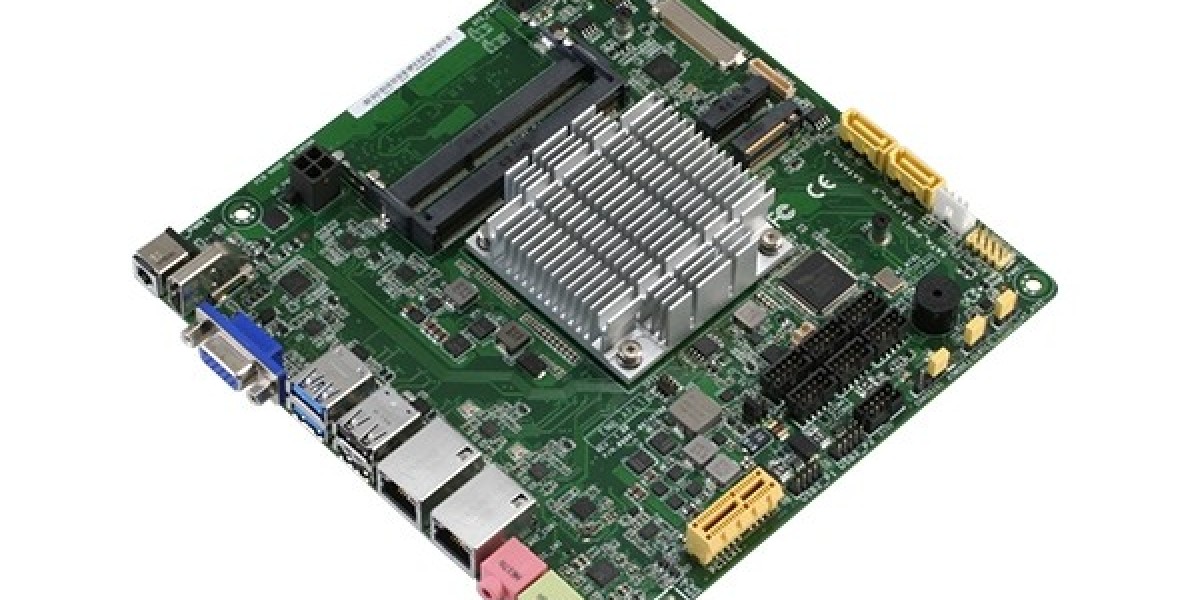In today’s increasingly complex cybersecurity landscape, organizations face a myriad of threats that can compromise their digital assets. Managed Detection and Response (MDR) services have emerged as a critical solution for businesses seeking to bolster their security posture. With Cybriant, we provide an in-depth exploration of MDR services, helping you understand their significance, functionality, and the benefits they offer to your organization.
Understanding MDR Services
Managed Detection and Response (MDR) services combine advanced technology with expert human intervention to detect, respond to, and mitigate security threats. Unlike traditional security solutions, which often rely solely on automated tools, MDR services emphasize a proactive approach, integrating continuous monitoring, threat intelligence, and incident response.
MDR services typically encompass several core components:
24/7 Monitoring: Constant surveillance of network activity ensures that potential threats are detected in real-time. This vigilance is essential for identifying anomalies that could indicate malicious behavior.
Threat Intelligence: By leveraging global threat intelligence, MDR providers can enhance their detection capabilities. This data helps in recognizing emerging threats and vulnerabilities, allowing organizations to stay one step ahead of cybercriminals.
Incident Response: In the event of a security breach, swift and effective incident response is crucial. MDR services offer a well-defined response plan, ensuring that threats are contained and mitigated quickly to minimize damage.
Security Analytics: Utilizing advanced analytics, MDR services can sift through vast amounts of data to uncover patterns indicative of security incidents. This analytical approach improves detection rates and reduces false positives.
The Importance of MDR Services for Organizations
As cyber threats evolve, so too must the strategies organizations employ to defend against them. Here are several reasons why MDR services are vital for modern businesses:
1. Enhanced Threat Detection
Traditional security measures, such as firewalls and antivirus software, may no longer be sufficient to combat sophisticated cyber threats. MDR services utilize advanced detection techniques, including machine learning and behavioral analytics, to identify potential threats that conventional solutions might overlook. This enhanced detection capability enables organizations to respond to threats more effectively.
2. Expert Human Intervention
While automated tools are essential, human expertise remains irreplaceable. MDR services provide access to a team of cybersecurity professionals who monitor security alerts, analyze potential threats, and take decisive action when necessary. This human element not only improves response times but also enhances the overall effectiveness of threat management.
3. Cost-Effective Security Solution
Building and maintaining an in-house security operations center (SOC) can be prohibitively expensive for many organizations. MDR services offer a cost-effective alternative, allowing businesses to access top-tier security expertise and technology without the associated overhead costs. This flexibility enables organizations of all sizes to enhance their security posture.
4. Regulatory Compliance
With the increasing number of regulations governing data protection and privacy, organizations must ensure compliance to avoid significant penalties. MDR services assist businesses in meeting these regulatory requirements by providing comprehensive monitoring, reporting, and incident response capabilities, ensuring that organizations remain compliant in the face of evolving legal landscapes.
5. Focus on Core Business Functions
By outsourcing their cybersecurity needs to MDR providers, organizations can focus on their core business functions without the distraction of managing security issues. This allows internal teams to allocate their resources to strategic initiatives while knowing that their security is in capable hands.
Key Features of MDR Services
When selecting an MDR provider, it’s essential to consider the key features they offer. Understanding these features can help organizations make informed decisions based on their specific needs.
1. Continuous Monitoring and Detection
MDR services employ round-the-clock monitoring to identify suspicious activity across networks, endpoints, and cloud environments. This constant vigilance enables swift detection and response to potential threats.
2. Incident Response Planning and Execution
A well-defined incident response plan is crucial for effectively managing security breaches. MDR providers create tailored response plans that detail the steps to be taken in the event of a security incident, ensuring a quick and coordinated response.
3. Threat Hunting Capabilities
Proactive threat hunting is a hallmark of MDR services. Security experts actively search for hidden threats within an organization’s infrastructure, utilizing advanced techniques to uncover and neutralize potential risks before they escalate.
4. Security Reporting and Analytics
Detailed reporting and analytics are vital for understanding the security landscape. MDR services provide organizations with comprehensive reports that outline security events, response actions taken, and overall security posture. This data is invaluable for refining security strategies.
5. Integration with Existing Security Tools
MDR services are designed to complement and enhance existing security measures. By integrating with an organization’s current tools and systems, MDR providers can optimize the overall security framework, ensuring a seamless and cohesive approach to threat management.
Choosing the Right MDR Provider
Selecting the right MDR provider is critical to ensuring effective cybersecurity. Here are several factors to consider when making your choice:
1. Expertise and Experience
Look for providers with a proven track record in the industry. Experienced MDR providers possess the necessary skills and knowledge to handle a wide range of cyber threats.
2. Customization and Flexibility
Every organization has unique security needs. Choose an MDR provider that offers customizable solutions tailored to your specific requirements, ensuring that your security strategy aligns with your business goals.
3. Advanced Technology and Tools
MDR services should leverage cutting-edge technology, including AI and machine learning, to enhance detection and response capabilities. Evaluate the tools and technologies used by potential providers to ensure they meet your security standards.
4. Clear Communication and Reporting
Effective communication is essential for a successful partnership with an MDR provider. Ensure that the provider offers clear reporting and communication channels to keep you informed about security incidents and ongoing monitoring efforts.
5. Strong Customer Support
Responsive customer support is vital for addressing any security concerns that may arise. Opt for an MDR provider known for its commitment to customer service, ensuring that you have access to support when you need it most.
Conclusion: Elevate Your Cybersecurity with MDR Services
In an era where cyber threats are increasingly sophisticated, MDR services offer organizations a comprehensive solution to protect their digital assets. By combining advanced technology with expert human intervention, MDR providers like Cybriant empower businesses to detect, respond to, and mitigate threats effectively.
Investing in MDR services not only enhances your organization’s security posture but also allows you to focus on your core business objectives. As cyber threats continue to evolve, embracing a proactive approach through Managed Detection and Response services is essential for safeguarding your future.









